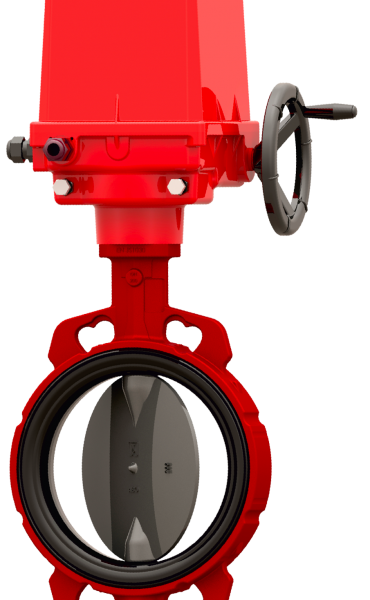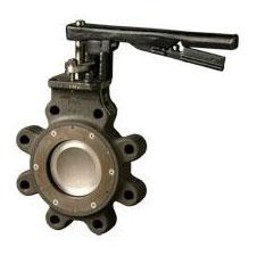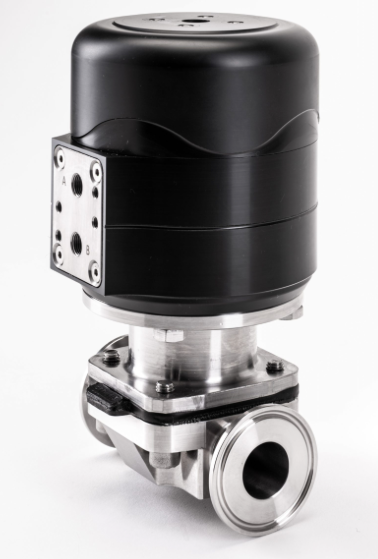Farris 2700 Series safety relief valves are an important component in many industrial and commercial systems that use fluids or gases under pressure. They are designed to protect these systems from the damaging effects of excessive pressure caused by temperature changes. In this article, we will discuss what thermal relief valves are, how they work, and why they are important.
What are Thermal Relief Valves?
A thermal relief valve is a safety valve designed to protect pressure vessels, pipelines, and other fluid or gas systems from overpressure due to temperature changes. These valves are specifically designed to release excess pressure from the system when it exceeds the maximum allowable working pressure due to temperature fluctuations.
How do Thermal safety Relief Valves Work?
Thermal relief valves operate based on the principle of thermal expansion. As the temperature of a fluid or gas increases, its volume expands, which in turn increases the pressure within the system. If the pressure exceeds the maximum allowable working pressure, it can cause damage to the system or even result in a catastrophic failure.
To prevent this, thermal relief valves are installed in the system to release excess pressure when the temperature rises above a certain level. The valve is typically set to open at a pressure level slightly above the maximum allowable working pressure, allowing excess pressure to be safely vented out of the system.
Why are Thermal Relief Valves Important?
Thermal relief valves are important for several reasons. First and foremost, they help protect the integrity of the system and prevent catastrophic failure due to overpressure caused by temperature changes. This can help avoid costly repairs or replacements of equipment, as well as prevent safety hazards to personnel and the environment.
Additionally, thermal relief valves are often required by industry standards and regulations. Many organisations and governing bodies, such as the American Society of Mechanical Engineers (ASME) and the Occupational Safety and Health Administration (OSHA), mandate the use of thermal relief valves in certain applications. Compliance with these regulations can be essential for ensuring the safety of personnel and preventing legal liabilities.
Finally, thermal relief valves can help optimise system performance and efficiency. By releasing excess pressure, these valves help prevent energy waste and reduce wear and tear on system components. This can lead to longer equipment life, reduced maintenance costs, and improved overall system performance.
In summary, thermal relief valves are an important component in many industrial and commercial fluid and gas systems. They protect against overpressure caused by temperature changes, help ensure compliance with industry regulations, and can help optimise system performance and efficiency. If you are involved in the design, operation, or maintenance of these types of systems, it is essential to understand the importance of thermal relief valves and to ensure that they are installed and maintained properly.




